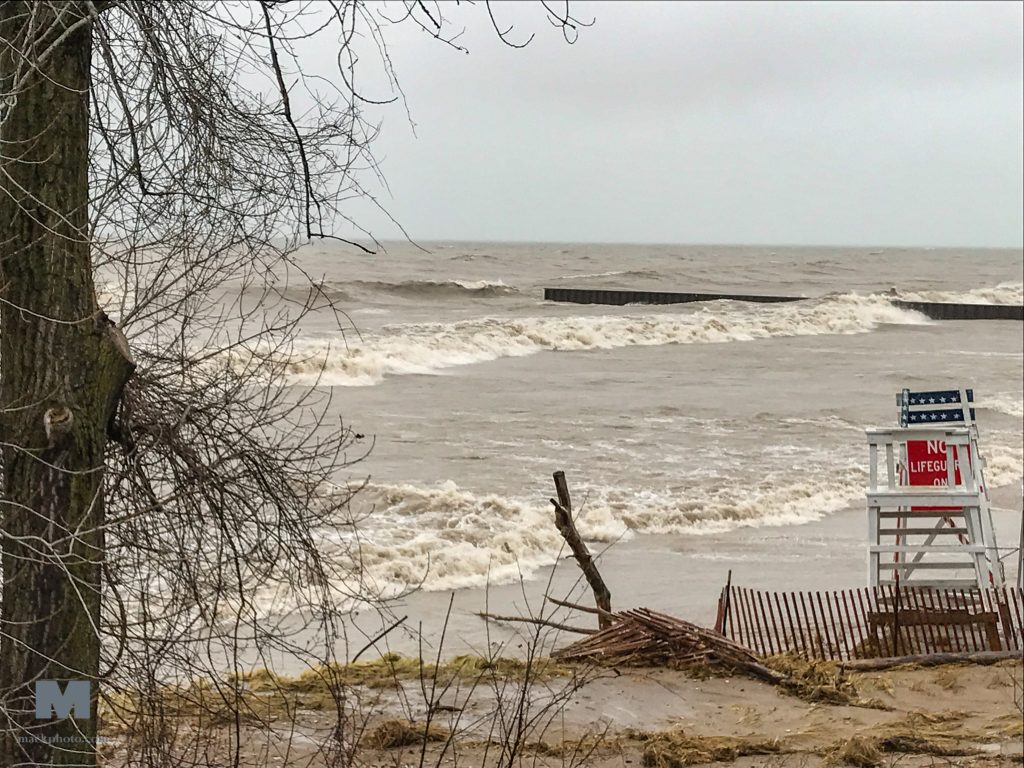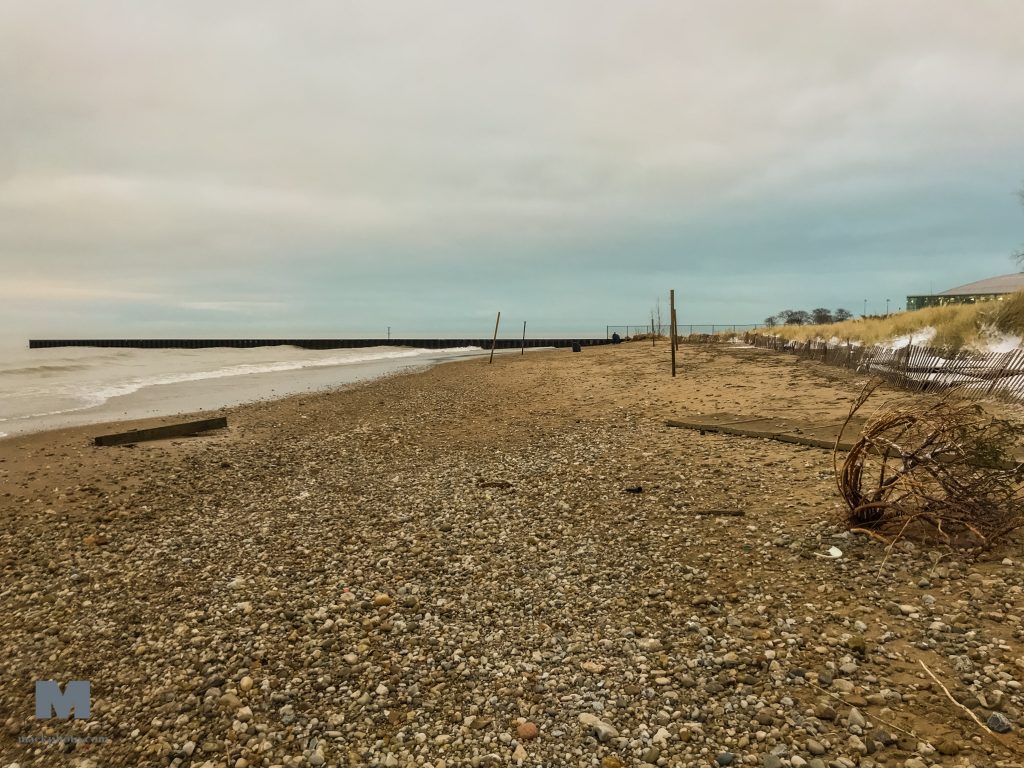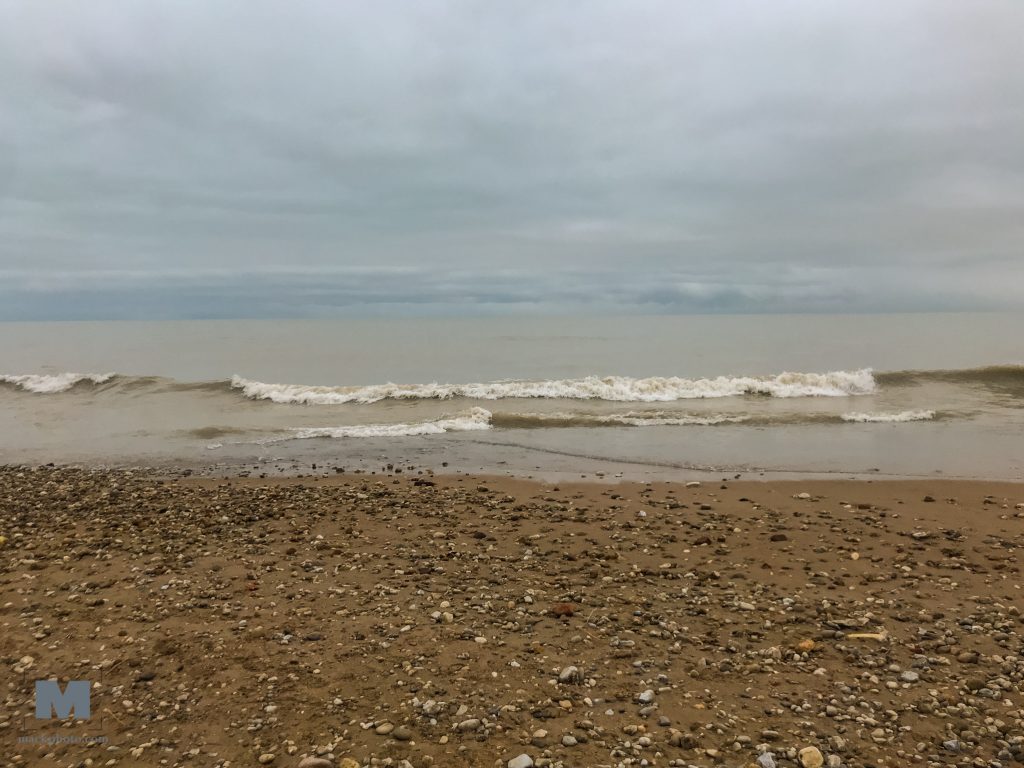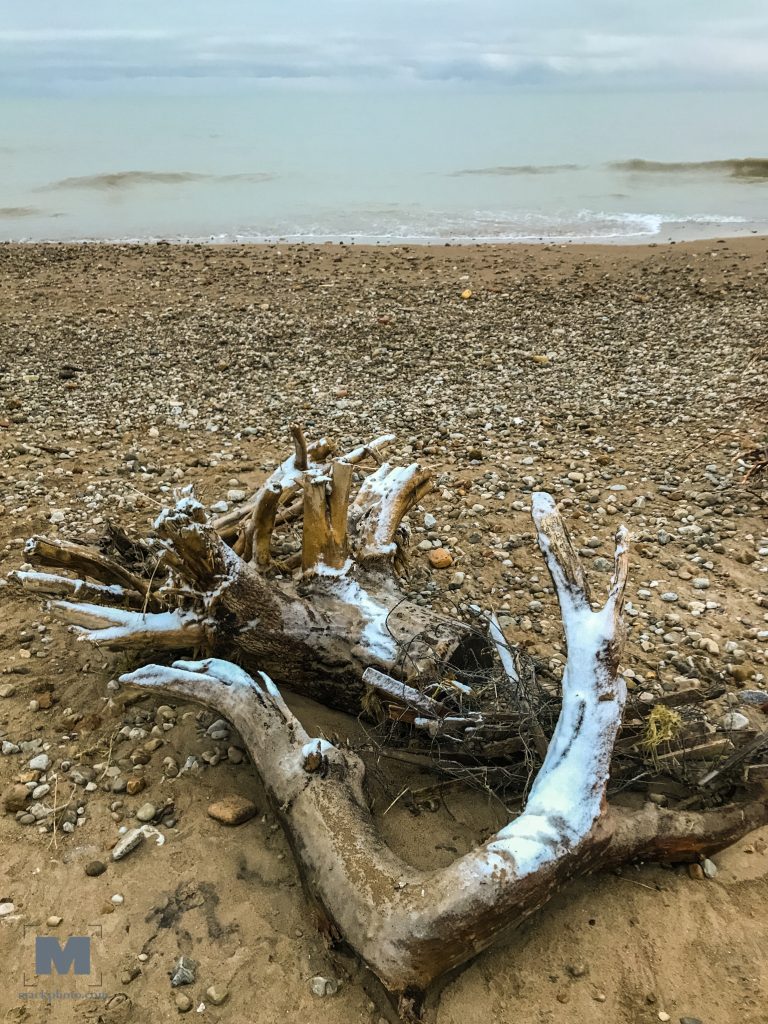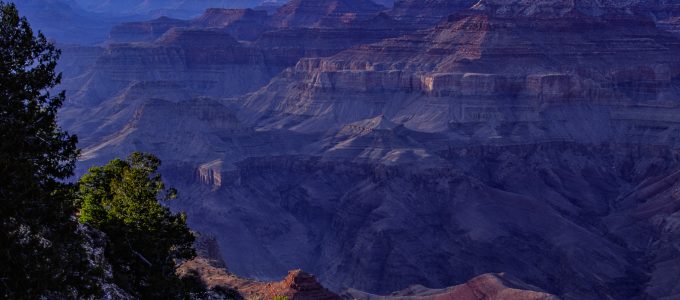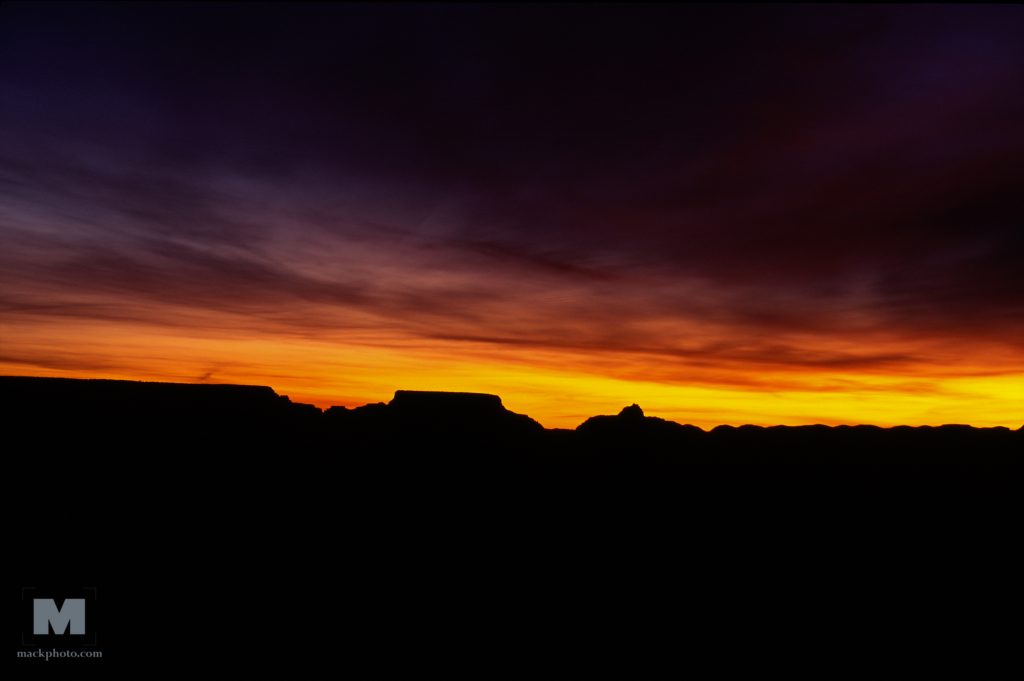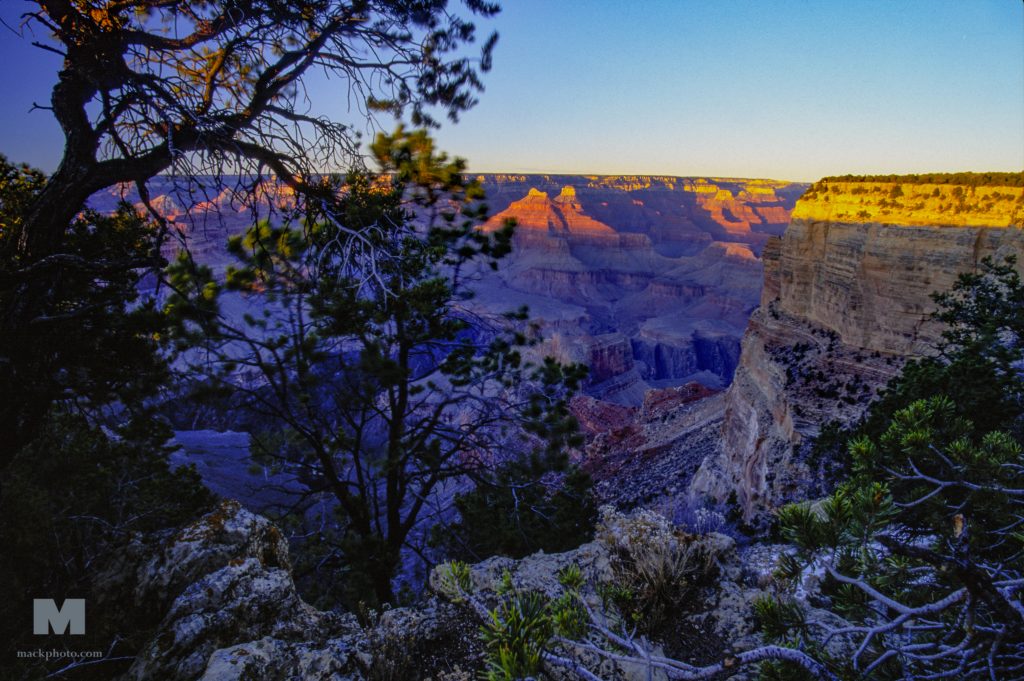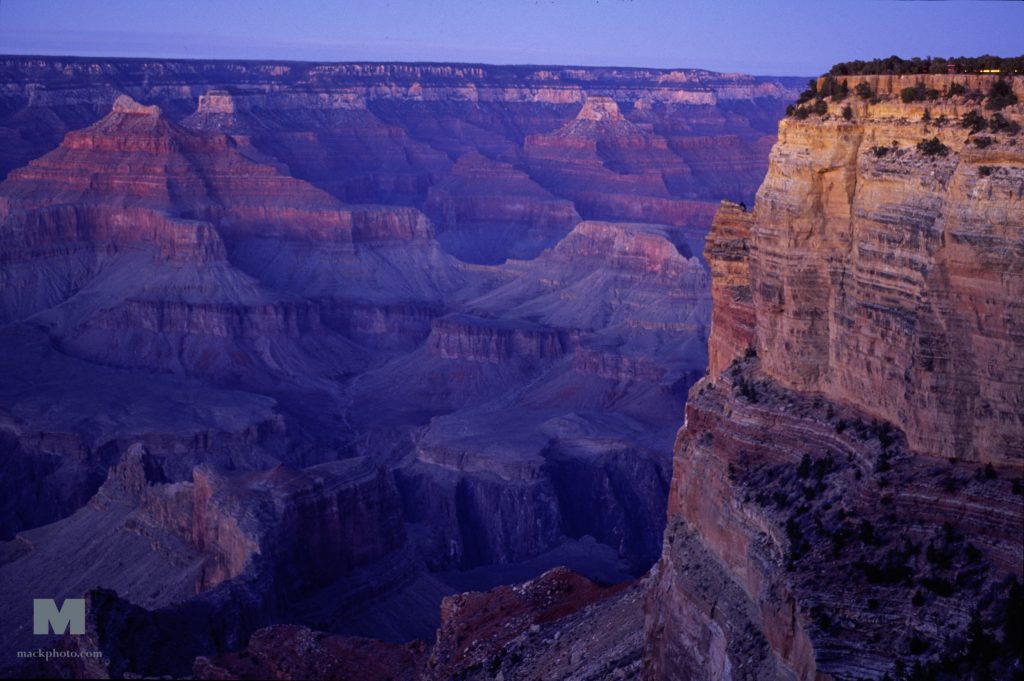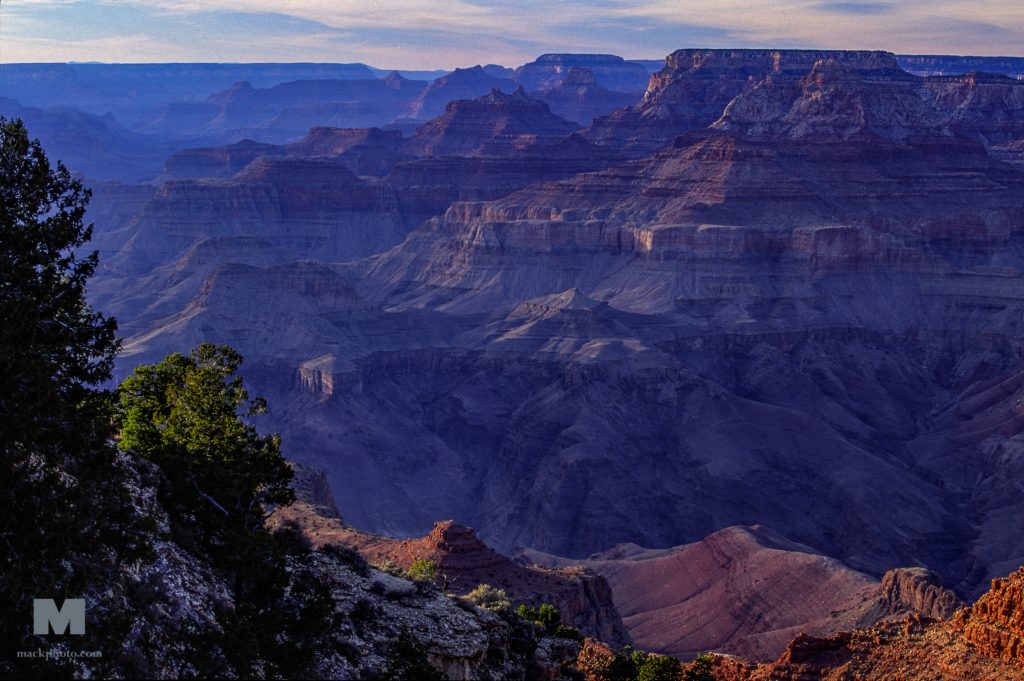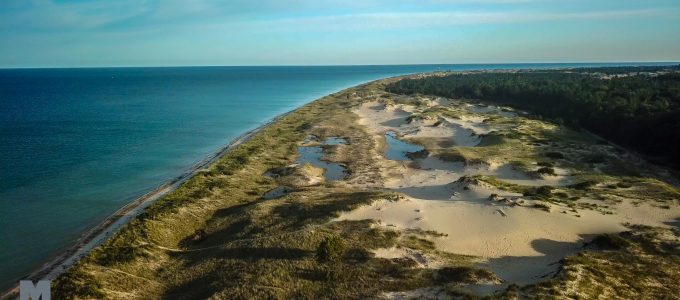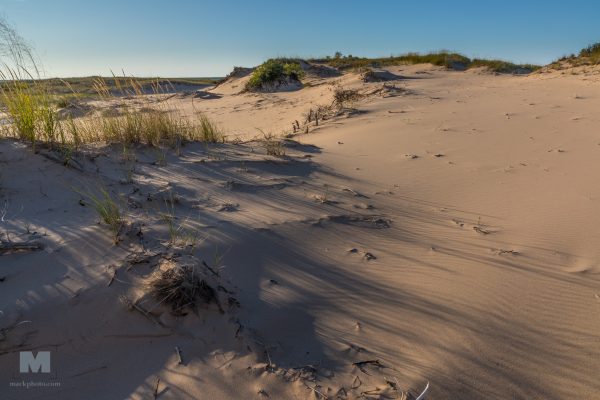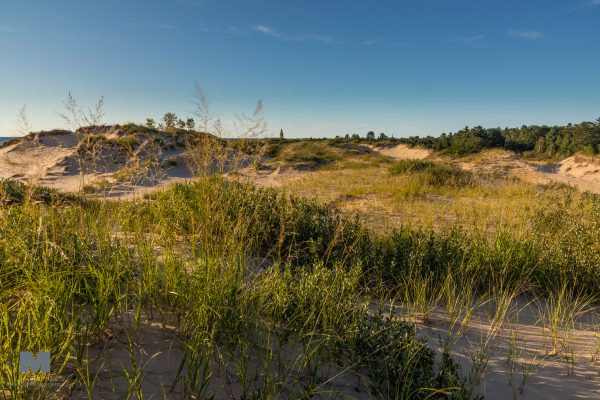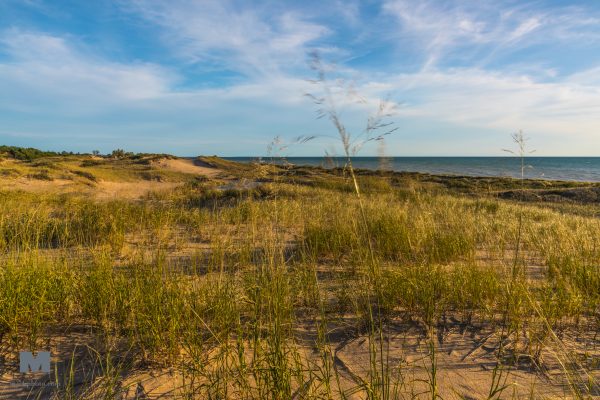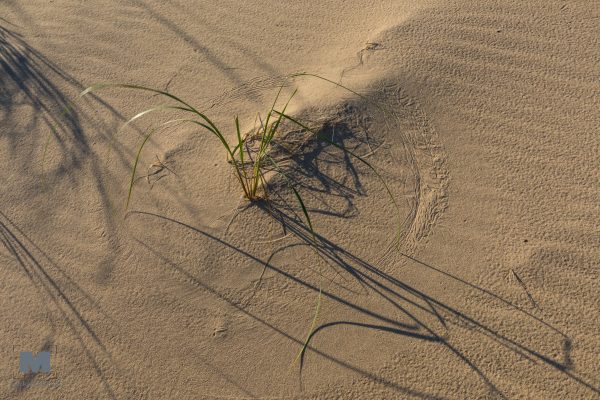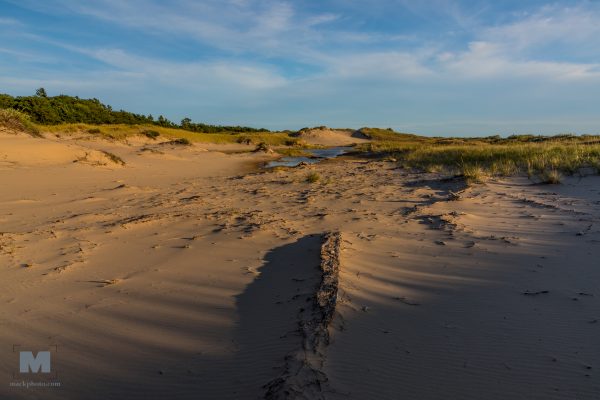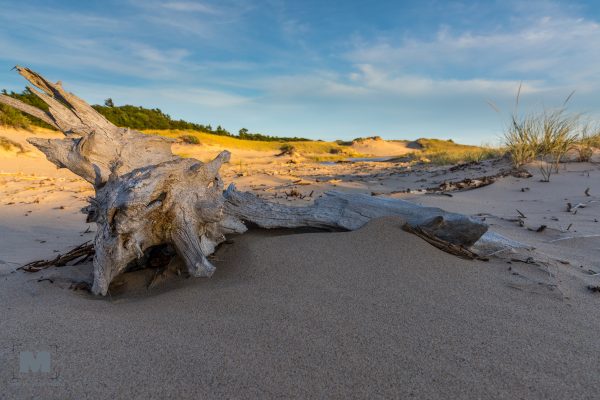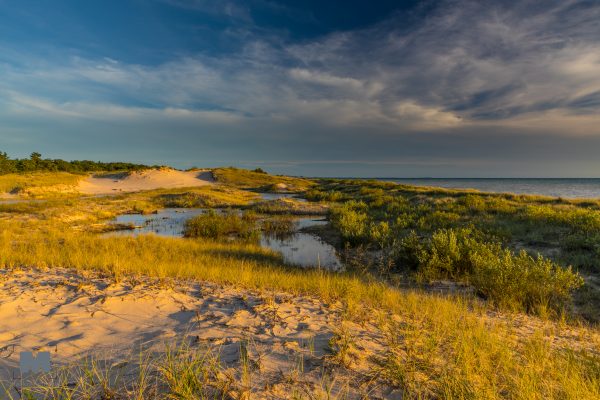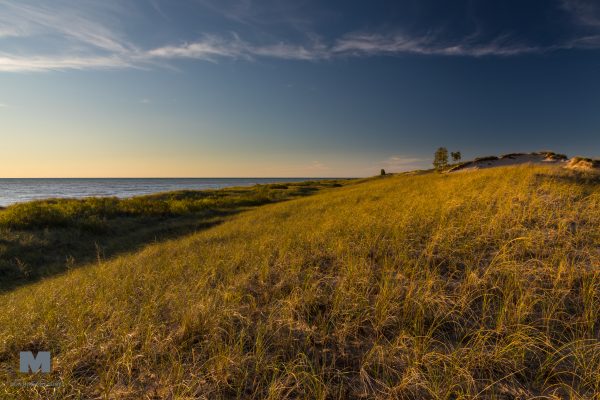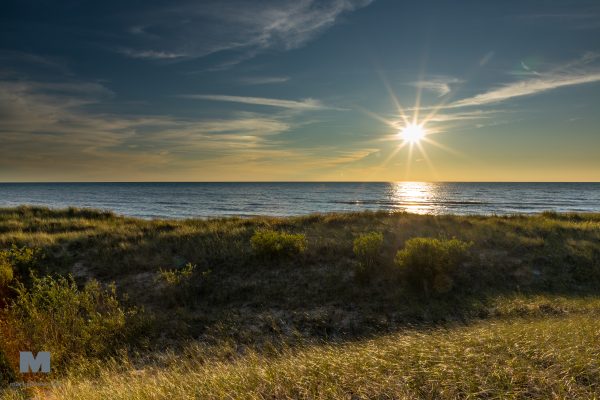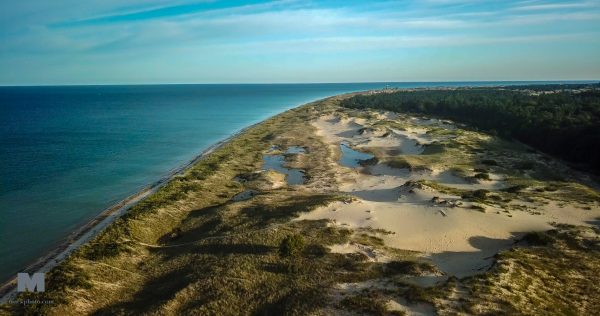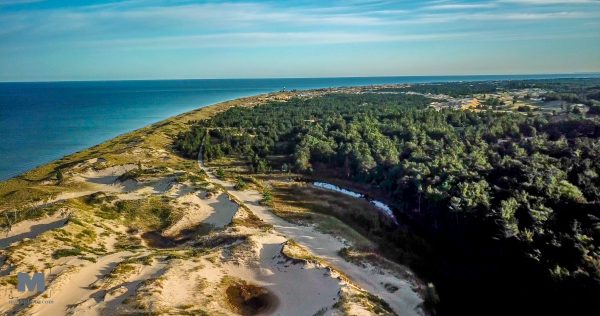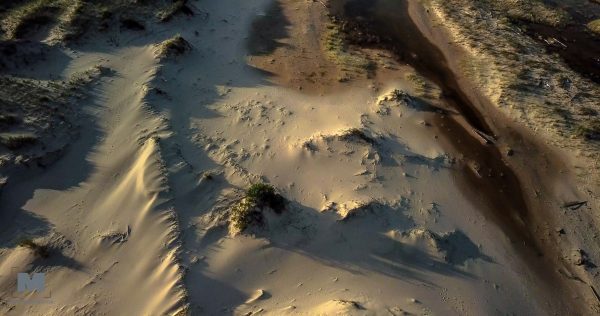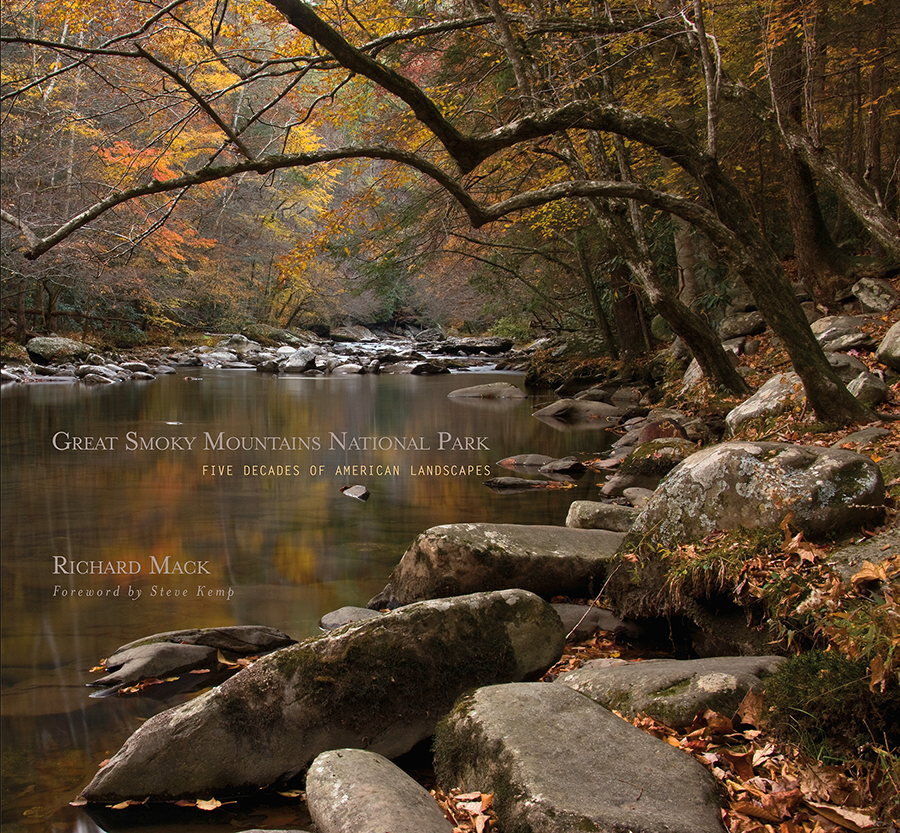
Today we learned my book Great Smoky Mountains National Park: Fifty Years of American Landscapes has been named a winner in two categories in the 26th annual Foreword INDIES Book of the Year Awards. We won the Silver Award in both the Nature Book and Art Book categories!
I am humbled and proud to have won the Silver Awards with so many entries from around the world. You always hope people like your work, and it is gratifying to receive such recognition.
The Foreword INDIES recognize the best books published in 2023 from independent and university presses, as well as self-published authors.
With over 2,400 entries submitted across 55 categories, this year’s competition showcased the remarkable talent and diversity of the independent publishing industry. Foreword’s dedicated editors carefully selected approximately 12 finalists per genre, which were then presented to individual librarians and booksellers entrusted with the challenging task of determining the Gold, Silver, Bronze, and Honorable Mention winners.
#quietlightpublishing#richardmackphoto#mackphoto#forewordreview#ForewordINDIES#greatsmokymountainsnationalpark#smokieslife#NPS#nationalparks#smokymountains#smokymountainstennessee#smokymountainsnc#smokymountains
